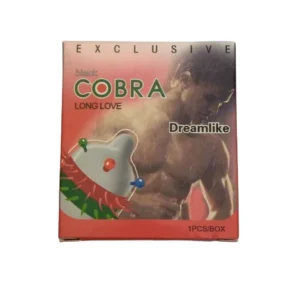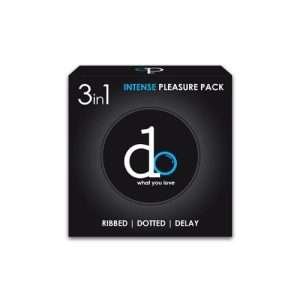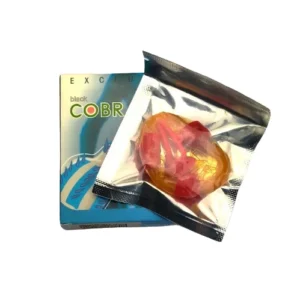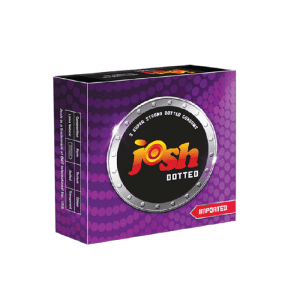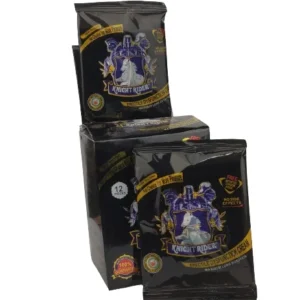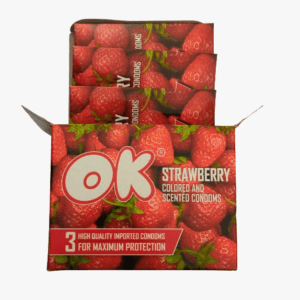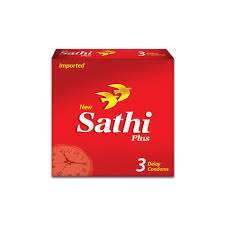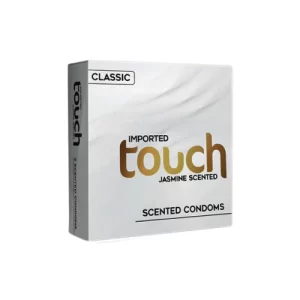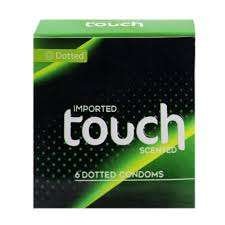Condom
Showing all 13 results
Condom
A condom serves as a barrier contraceptive during sex, preventing the spread of STIs and unintended pregnancy. It consists of latex, polyurethane, or polyisoprene, and is worn over the penis or inserted into the vagina or anus.
Condoms create a physical barrier, blocking contact between semen, vaginal fluids, and blood, thus reducing STI and pregnancy risks. They can complement hormonal birth control for enhanced STI protection.
To use a condom effectively, carefully read and follow packaging instructions. Use a new condom for each sexual act, and store them in a cool, dry place away from sunlight. Prioritize checking expiration dates, as expired condoms may be less effective. Employing water-based lubricants can decrease breakage risk and enhance comfort.
Condoms function by creating a physical barrier that prevents semen, vaginal fluids, and blood from contacting the skin and mucous membranes of the sexual partner. This action reduces the risk of transmitting STIs and experiencing unintended pregnancy. Additionally, individuals can use condoms in conjunction with other contraception methods, such as hormonal birth control, to further enhance protection against STIs.
When you use a condom, it is important to carefully read and follow the instructions on the packaging, use a new condom for each act of sexual activity, and store condoms in a cool, dry place away from direct sunlight. Additionally, you should check the expiration date before use, as expired condoms may be less effective. Furthermore, using a water-based lubricant can help reduce the risk of condom breakage and increase comfort during sexual activity.
Condoms are an accessible and effective means of contraception and STI prevention, supporting sexual health and well-being.

